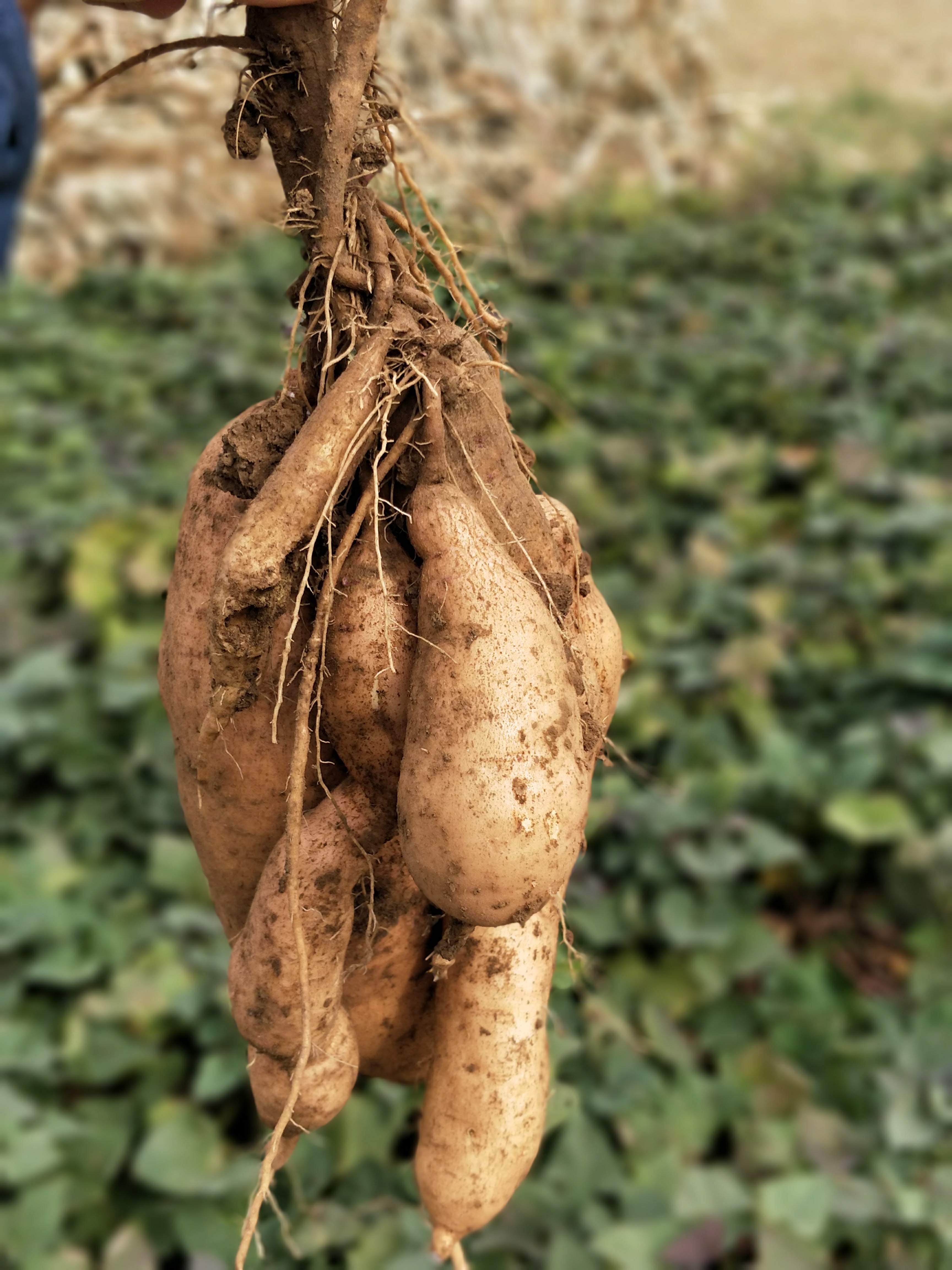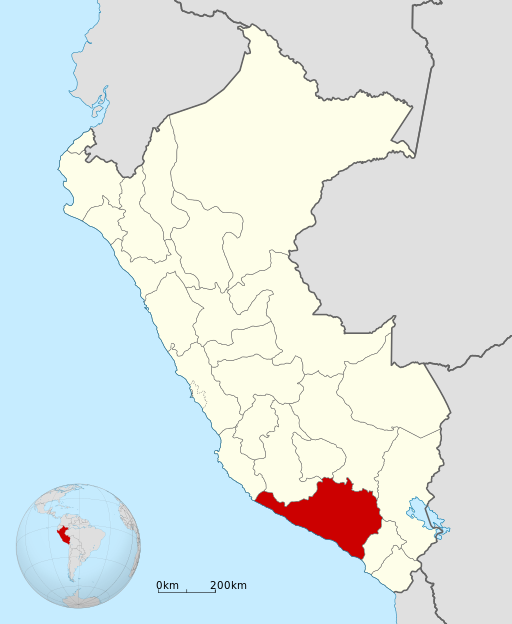By Nicole Rosas
Aug 3 2023
Sweet potato has a sentimental meaning to me. Thanks to my mom I used to think of sweet potatoes as the most special food growing up in Arequipa (Peru), where we call them “camote”. Little did I know about the history of sweet potato, and how it has traveled around the world. The history of sweet potatoes is vast and goes back many years. It’s known in the Caribbean and most countries around the globe, with different adaptations mostly to the food culture.
Ipomoea batata, sweet potato, is a species that belongs to the Convolvulaceae family. According to evidence from previous studies, this species' wild ancestors were originally from Latin America (Kiple & Ornelas 207). Nevertheless, they dispersed approximately 1500 years ago and were consumed by the indigenous people of the Caribbean and Central America, with name adaptations such as batatas, patate, or padada around the different countries.
In the United States, there is a conflict where sweet potatoes are being mistaken for yams. The differences between sweet potato and yam are various, but physically sweet potato has smooth reddish-brown skin with orange, white, or purple flesh, with a sweet flavor while yam has rough textured brown skin, white pale flesh, with a neutral flavor. According to Dr. Jessica Harris at the Plant Humanities Conference in 2022 at Dumbarton Oaks, yams are tropical species and they don’t grow in much of the continental United States which is why they get confused with sweet potatoes when yams were not available (Harris).
Also, since sweet potatoes are limited to growing in warm climates when it comes to the cultivation of sweet potatoes in the United States, researchers in Massachusetts have found that sweet potatoes grown in raised beds with black plastic mulch increases the soil temperature, soil moisture, and nutrient conservation (Damsker 39). Roscoe Fraser of Purdue University, telling of Indiana's experience in “Better Crops With Plant Food ,'' said that sweet potatoes like the two cultivars 'Porto Rico' and 'Nancy Hall' are more often grown in home gardens for local consumption (Ferrick 463). The general essentials for growing sweet potatoes in the northern portion of the United States are usually inferior to sweet potatoes grown in the south where there is a longer growing season and higher temperatures (Weaver 2).
Sweet potato is a very versatile tuber, and the way people eat it is diverse from country to country. For example, in Peru, it is mostly baked, fried, or boiled as a side of different dishes, in the US used in the well-known recipe for sweet potato casserole, and it's also made into a sweet dessert in the Dominican Republic. The name of the last one is “Dulce de Batata”, and people in the Dominican Republic eat it during the Christmas holidays. This dish has been around for a long time. Tomas Macknight, in his book Food for the Tropics published in 1904, talks about an unnamed dessert where sweet potato can be boiled, mashed, and made into a pudding with sugar, eggs, grated coconut, and some kind of spice, such as nutmeg or cinnamon (Macknight).
A modern recipe of how Dominicans prepare “Dulce de Batata” is shared by the blogger and photographer Vanessa Mota. The ingredients are batata (sweet potato), cinnamon, water, sugar, salt, milk, lemon, vanilla, and raisins. You start adding the sweet potato to a large pot with two cups of water, cinnamon sticks, and salt. Then boil for about 10 minutes or until soft and remove the cinnamon sticks and discard. Next, blend the sweet potatoes with milk to strain the mixture into a large saucepan. Add lime zest, sugar, vanilla, evaporated milk, and raisins to the sauce. Heat at medium-low heat, stirring constantly to avoid sticking. Once it has thickened to a pudding-like consistency, remove it from the heat. Last, you should let it cool to room temperature, stirring occasionally. You can transfer it to mason jars and chill it in the refrigerator for at least 2 hours, and serve it in individual bowls (Mota).
The cultural and food history of the sweet potato has remained similar with some variations and updates when compared with early evidence and documentation. Now that I have even more appreciation for my cultural food upbringing, I hope and look forward to continue recreating and modernizing my mom’s recipes.









